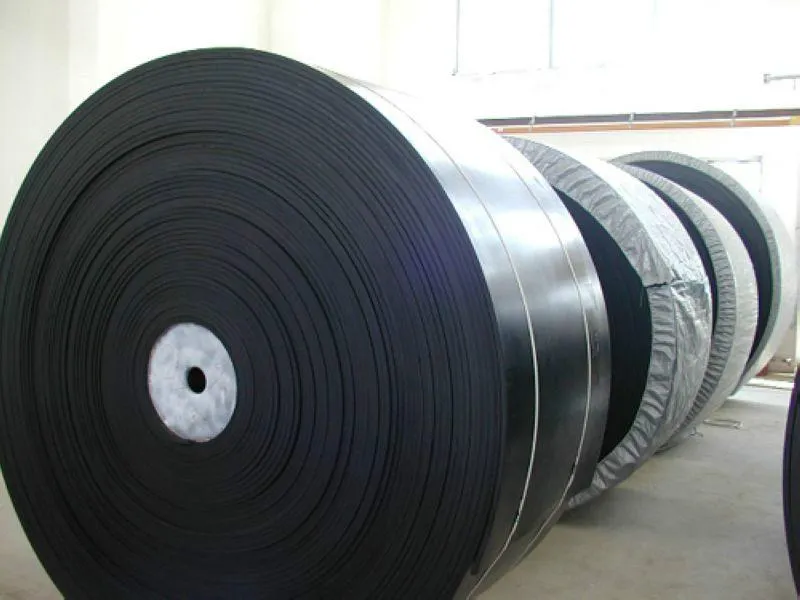 Afrikaans
Afrikaans  Albanian
Albanian  Amharic
Amharic  Arabic
Arabic  Armenian
Armenian  Azerbaijani
Azerbaijani  Basque
Basque  Belarusian
Belarusian  Bengali
Bengali  Bosnian
Bosnian  Bulgarian
Bulgarian  Catalan
Catalan  Cebuano
Cebuano  Corsican
Corsican  Croatian
Croatian  Czech
Czech  Danish
Danish  Dutch
Dutch  English
English  Esperanto
Esperanto  Estonian
Estonian  Finnish
Finnish  French
French  Frisian
Frisian  Galician
Galician  Georgian
Georgian  German
German  Greek
Greek  Gujarati
Gujarati  Haitian Creole
Haitian Creole  hausa
hausa  hawaiian
hawaiian  Hebrew
Hebrew  Hindi
Hindi  Miao
Miao  Hungarian
Hungarian  Icelandic
Icelandic  igbo
igbo  Indonesian
Indonesian  irish
irish  Italian
Italian  Japanese
Japanese  Javanese
Javanese  Kannada
Kannada  kazakh
kazakh  Khmer
Khmer  Rwandese
Rwandese  Korean
Korean  Kurdish
Kurdish  Kyrgyz
Kyrgyz  Lao
Lao  Latin
Latin  Latvian
Latvian  Lithuanian
Lithuanian  Luxembourgish
Luxembourgish  Macedonian
Macedonian  Malgashi
Malgashi  Malay
Malay  Malayalam
Malayalam  Maltese
Maltese  Maori
Maori  Marathi
Marathi  Mongolian
Mongolian  Myanmar
Myanmar  Nepali
Nepali  Norwegian
Norwegian  Norwegian
Norwegian  Occitan
Occitan  Pashto
Pashto  Persian
Persian  Polish
Polish  Portuguese
Portuguese  Punjabi
Punjabi  Romanian
Romanian  Russian
Russian  Samoan
Samoan  Scottish Gaelic
Scottish Gaelic  Serbian
Serbian  Sesotho
Sesotho  Shona
Shona  Sindhi
Sindhi  Sinhala
Sinhala  Slovak
Slovak  Slovenian
Slovenian  Somali
Somali  Spanish
Spanish  Sundanese
Sundanese  Swahili
Swahili  Swedish
Swedish  Tagalog
Tagalog  Tajik
Tajik  Tamil
Tamil  Tatar
Tatar  Telugu
Telugu  Thai
Thai  Turkish
Turkish  Turkmen
Turkmen  Ukrainian
Ukrainian  Urdu
Urdu  Uighur
Uighur  Uzbek
Uzbek  Vietnamese
Vietnamese  Welsh
Welsh  Bantu
Bantu  Yiddish
Yiddish  Yoruba
Yoruba  Zulu
Zulu impact idlers
Understanding Impact Idlers A Key Component in Machinery
In the realm of machinery and equipment, the efficiency and effectiveness of operations are paramount. One critical component that often goes unnoticed yet plays a significant role in the performance of various machines is the impact idler. Understanding what impact idlers are, their applications, and their importance can provide insights into optimizing machinery performance and maintenance practices.
Impact idlers are specially designed rollers used in conveyor systems. Their primary function is to absorb and dissipate the energy generated during the loading and unloading of materials, especially heavy or bulk materials. Conventional idlers can lead to vibrations and excessive wear on conveyor belts and structures when materials are dropped onto them. Impact idlers significantly reduce these adverse effects, enhancing the longevity and reliability of the entire system.
The construction of impact idlers typically involves robust materials that can withstand substantial shock loads. They are usually equipped with rubber or foam cushions that absorb shocks, providing a softer landing for materials. This cushioning effect prevents damage not only to the conveyor belt but also to the frame and supports of the system. By minimizing wear and tear, impact idlers help maintain the integrity of conveyor systems, reducing the frequency and cost of maintenance.
One of the most notable applications of impact idlers is in the mining and aggregate industries, where conveyor systems transport large volumes of material, such as rocks, ores, and grains. In these environments, the risk of material impact is significantly elevated, making the use of impact idlers essential. They help ensure that materials are transported smoothly, reducing the likelihood of breakdowns and operational delays.
impact idlers

Moreover, impact idlers contribute to improved energy efficiency. Because they absorb shocks and vibrations, they minimize the power required to operate the conveyor system. This results in lower energy consumption, which, in the long run, can lead to substantial cost savings for businesses. As industries increasingly focus on sustainability and efficiency, the use of impact idlers aligns well with these goals.
In the context of design and installation, it is crucial to select the appropriate type of impact idler based on the specific materials being transported and the operational conditions of the conveyor system. Factors such as the size and weight of the materials, conveyor speed, and environmental conditions should all be considered. Properly sized and installed impact idlers contribute to optimal performance, preventing issues like belt misalignment or excessive wear on other components.
Maintenance of impact idlers should not be overlooked. Regular inspections can identify damage or wear that may compromise their effectiveness. Replacing worn or damaged impact idlers promptly ensures that conveyor systems continue to operate smoothly and efficiently.
In conclusion, impact idlers are essential components in conveyor systems, particularly in industries dealing with heavy materials. They play a vital role in absorbing shock, reducing wear, improving energy efficiency, and ultimately enhancing the operational reliability of machinery. As industries look toward improving their systems and increasing sustainability, the adoption and proper maintenance of impact idlers will be instrumental in achieving these objectives. Understanding their function and importance is the first step toward optimizing machinery performance and minimizing operational costs.
-
Revolutionizing Conveyor Reliability with Advanced Rubber Lagging PulleysNewsJul.22,2025
-
Powering Precision and Durability with Expert Manufacturers of Conveyor ComponentsNewsJul.22,2025
-
Optimizing Conveyor Systems with Advanced Conveyor AccessoriesNewsJul.22,2025
-
Maximize Conveyor Efficiency with Quality Conveyor Idler PulleysNewsJul.22,2025
-
Future-Proof Your Conveyor System with High-Performance Polyurethane RollerNewsJul.22,2025
-
Driving Efficiency Forward with Quality Idlers and RollersNewsJul.22,2025





























